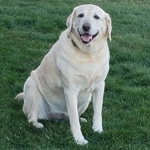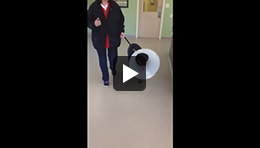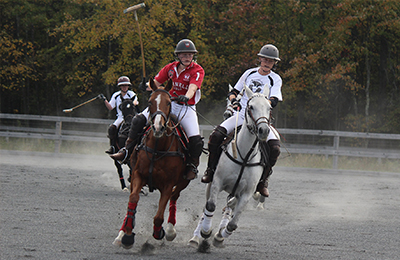 A procedure using the Arthrex tibial plateau leveling osteotomy (TPLO) system repaired a debilitating injury to an American red wolf, giving a second chance to a member of one of the most endangered species in the world.
A procedure using the Arthrex tibial plateau leveling osteotomy (TPLO) system repaired a debilitating injury to an American red wolf, giving a second chance to a member of one of the most endangered species in the world.
“Every red wolf is valuable,” said Jb Minter, MS, DVM, Dipl ACZM, Director of Animal Health and Chief Veterinarian at the North Carolina Zoo, which houses 35 red wolves, the second largest pack of mating red wolves in the world. “The continuation of the species relies on controlled breeding in human care to maintain a healthy and genetically-viable population that can be released.”
There are fewer than 25 red wolves in the wild and only about 240 in species survival plans in zoos across the country, according to U.S. Fish and Wildlife Service. That’s why animal care professionals at the North Carolina Zoo became concerned in late 2020 when they noticed one of their red wolves, seven-year-old Cash, limping to compensate for what appeared to be an injury to his left hind leg.
“We call that three-legged lame,” said Dr. Minter. “This was worrisome since Cash was a young, breeding male. We want him to be as healthy as possible.”
The majority of red wolves at the North Carolina Zoo live in a natural habitat out of view from the general public, so it’s unknown how Cash’s injury occurred. Once the zoo team noticed the problem, they contacted nearby North Carolina State University’s College of Veterinary Medicine, which contributes to nationwide efforts to help red wolves survive through medical care, research and tending its own pack of the critically endangered species.
Daniel Duffy, BVM&S (Hons.), MS, FHEA, MRCVS, DACVS-SA, DECVS, Assistant Professor of Orthopaedic Surgery at North Carolina State, conducted an arthroscopic evaluation of Cash’s knee and determined he had a complete tear of his cranial cruciate ligament (CrCL), which is similar to the anterior cruciate ligament (ACL) in humans.
“We had to proceed with care when determining whether to perform this surgery,” said Dr. Duffy. “During the time of postoperative recovery, our patient would need to be confined with restricted movement; this is something wolves typically don’t respond well to.”
Dr. Minter and the zoo team decided Cash’s calm, relaxed demeanor made him a good candidate for the procedure and post-op recovery. Dr. Duffy performed the surgery in February of 2021 using the Arthrex TPLO system.
“The procedure went really well, including the arthroscopic exam and the osteotomy procedure,” said Dr. Duffy. “Arthroscopically, we could see a true traumatic injury to the ligament, rather than typical degenerative changes we see in companion dogs.”
Regarding the use of the Arthrex implants, Dr. Duffy said, “I love the design, caudal plate contour and low profile of the Arthrex TPLO plating system. I was confident Cash would be able to withstand immediate weight bearing and activity post-surgery.”
Cash spent 10 weeks in recovery at the North Carolina Zoo, initially in a small stall and then a larger one, taking different medications that kept him comfortable and pain-free. Under continued observation by animal care staff, Cash was then released with full mobility back into the zoo’s habitat.
“He’s doing really well,” said Dr. Minter. “Our keepers follow him around with a pair of binoculars, and he’s running around like normal, not in any way affected by the activity. He has a full exam coming up, and we expect the radiograph of his knee will indicate no issues.”
“To see that Cash is healthy and active and able to play an important role in furthering the existence of red wolves is inspiring,” said Dr. Duffy. “It’s truly humbling to perform an effective procedure that helps critically endangered wildlife.”
Read more real-life stories and case reports that show how Arthrex innovation is making a difference and Helping Veterinarians Treat Their Patients Better™.





